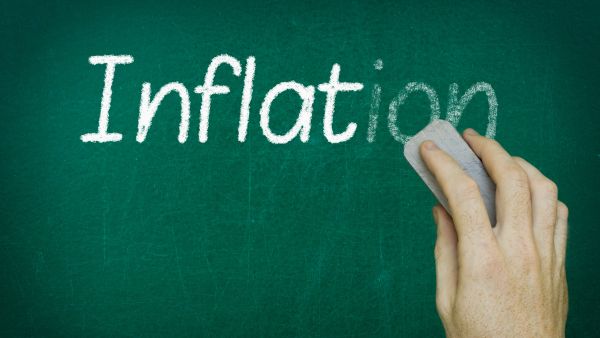As 2022 is drawing to a close, one of the most pertinent questions reverberating across the financial world plays out: where will the battle between central banks and inflation go?
For sure, one of the biggest challenges facing the post-pandemic world is how to tame inflation. And central banks seek to manage economies by setting interest rates at levels that speed up or slow down things like car purchases and construction projects.
An unparalleled era of easy money came to a screeching halt in 2022, as central banks shifted gears to fight inflation.
The U.S. Federal Reserve raised its benchmark rate from near zero to 4% in a mere six months. Companies, countries and consumers that had borrowed heavily when doing so was cheap now faced new strains, just as banks rediscovered caution in lending.
This sudden tightening of credit conditions not only increased the risks of recession and defaults but raised worries about emerging financial vulnerabilities.
Central banks kept rates low for years in the face of a notably anemic recovery, then opened the faucets again when the pandemic struck: The Fed cut interest rates back to near zero and didn’t raise them until March 2022.
It helped fuel a period of extraordinary growth in US financial markets, save for the short, sharp pandemic drop in 2020.
Central bankers, who only a decade ago were feted for their part in rescuing the economy from the global financial crisis, now have their credibility on the line as they struggle to deal with inflation not seen for decades.
From Washington to Frankfurt to Wellington, their mantra is that further rate increases are needed even if that will mean “some pain.” Higher costs of borrowing weighs on homeowners and squeezes company margins.
Federal Reserve chairman Jerome Powell has already faced criticism from both sides of the US Congress; and monetary policy in Europe has been challenged by politicians including French President Emmanuel Macron, who has told central bankers to be “very careful”.
The Fed’s shift to a more aggressive stance without spooking markets helped forge a majority for tougher action at the Frankfurt-based European Central Bank (ECB).
But concerns that the rate hikes could lead to an explosion in the borrowing costs of indebted euro states – especially Italy – led in June to an agreement to help those countries with a so-called “Transmission Protection Instrument” (TPI) that would, if needed, be activated to prop up their debt.
Indeed, a key concern among some central bankers is that politicians will respond to a slowing economy by raising public spending and so aggravate the inflation pressure that their rate-hike cure is intended to heal.
Independent central banks consider it their most important mission to keep inflation in check. They set interest rates and use other policy tools to try to keep inflation at a healthy rate.
In much of the developed world, including the US and the European Union, that ideal rate is seen as 2%. Now on the flip side, there are signs of a big slowdown. The great interest rate ascent seems finally to be slowing as some of the world’s biggest central banks see signs that inflation is being reined in.
As part of its efforts to tamp down relentless inflation, the Fed is projected to raise rates by 50 basis points to a band of 4.25% to 4.5% today. While it’s a smaller hike than at its last four policy meetings, the ECB and the Bank of England are likely to follow suit the next day.








